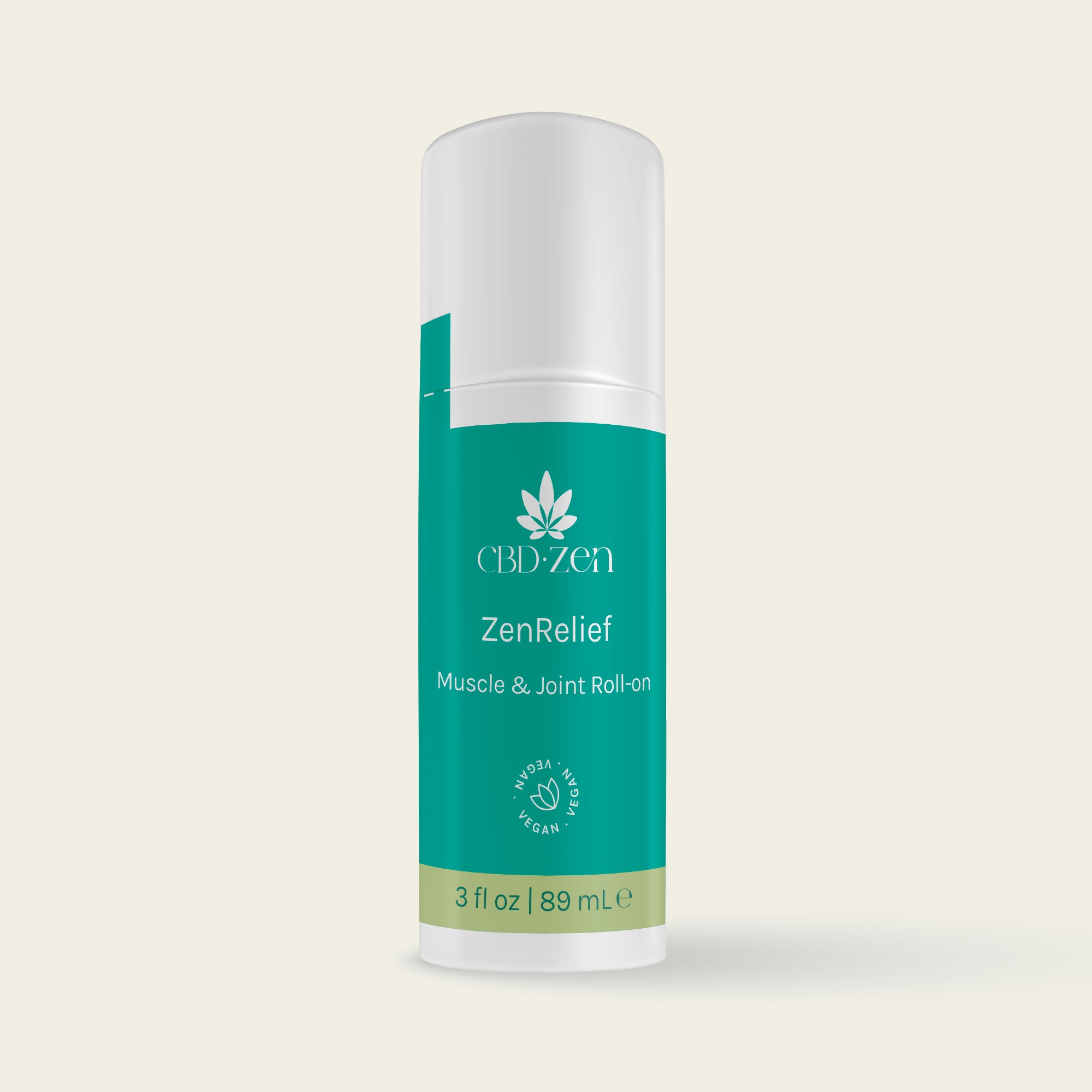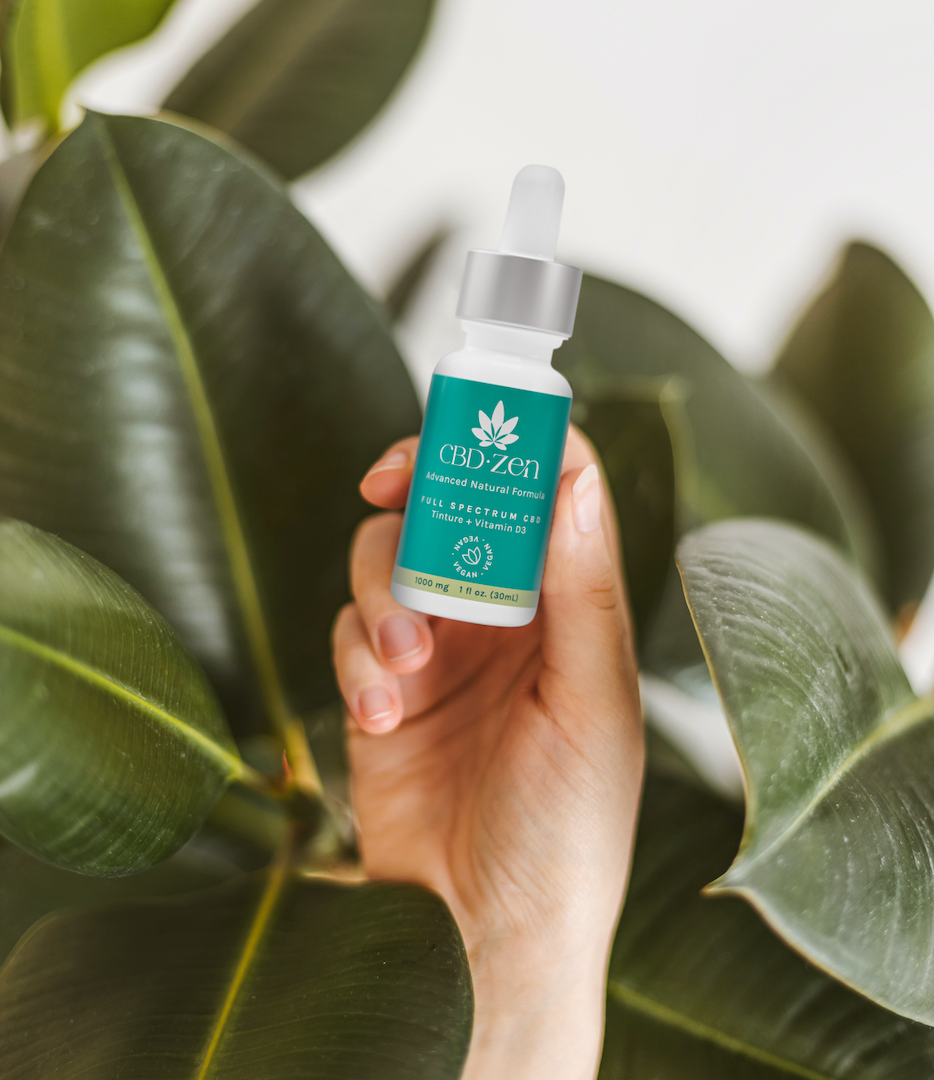Get Moving!: The Ultimate Guide to relieving joint pain
Do you wake up with your skeleton protesting? Do your hands feel bloated like water balloons? Going down stairs is a painful adventure? Joint pain is an unwanted enough thing to affect the lives of thousands, and it's more common than you might imagine!
Take a look: 68% of people over the age of 35 experience these joint pains. And for women, that number goes up to 73%! This comes from a study by the Vanir brand and the Osteoarthritis International Foundation (OAFI).
The knee joints suffer the most (52%) according to this report. And discomfort in the spine and hands are among those that most affect women.
The culprit: a combo of lifestyle, food, hormones, and even unlucky shoes. But the good news is that there are ways to say goodbye to these pains. Keep reading and find out the most typical causes and some recommendations to take care of and reduce inflammation in your joints.
What is affecting my joints?
A joint is a point where bones make contact, connecting the skeletal system. Your shoulders, elbows, hips, knees, and knuckles are joints. Your spine also has joints.
M ost joints are mobile and allow the body to make different types of movements. But joints are more than bones. They include the soft tissues that surround them, such as cartilage, tendons, and ligaments.
If you wear something on and off all day, every day, for decades, it's bound to suffer some wear and tear. For example, cartilage (we are referring to the protective pads found between the bones) wear out and stiff knees or pain in the hands appear when waking up... these are all symptoms that our joints are losing capacity.
Is my skeleton aging?
It is normal that as we get older our joints (cartilage, tissues and ligaments) lose their capacities and over time we cannot do anything. However, some of the most common causes of joint pain are not entirely related to aging.
Pregnancy and Maternity : The added load during pregnancy, the repetitive movements, the tension and the physical demands of caring for children can put pressure on the joints.
Active Lifestyle : Many people lead active, athletic lives, and the impact of a type of exercise on the knees, feet, or elbows can increase the likelihood of joint injury over time. We must find a middle point in which we avoid a sedentary lifestyle but do not exaggerate the pressure on our joints.
Hormonal Changes: Hormonal changes, such as those that occur during menopause, can influence joint health. Estrogens, for example, help keep our cartilage, the tissue that joins joints, healthy. It also helps with the natural replacement of bones in our body.
This means that it plays an important role in helping to prevent inflammation and joint pain. When estrogen levels naturally drop during menopause, this joint protection can become weakened.
Osteoporosis : Women are at higher risk of developing osteoporosis right after menopause (for more information you can read here), which can increase the likelihood of joint pain due to loss of bone density.

How can I relieve pain and prevent it?
Healthy joints are essential for well-being and mobility. These are some recommendations to reduce inflammation, relieve and prevent long-term consequences.
- Adequate Physical Activity:
It may seem counterproductive to put more stress and strain on your body, but exercising regularly is one of the best ways to keep your joints healthy.
One reason is that exercise strengthens the muscles around the joints, which helps relieve pressure. “It can also increase nutrient delivery to cartilage,” explains Eric Hume, associate professor of Clinical Orthopedic Surgery and director of quality and safety in Penn Medicine's Department of Orthopedic Surgery.
Not all bodies are the same, but if you're already experiencing joint pain, you should practice low-impact exercises like walking, swimming, bicycling, and yoga.
“The bottom line is 'movement is lubricant,'” according to Dominic King , director of clinical transformation at Cleveland Clinic's Institute of Orthopedics and Rheumatology . “The more you move, the more likely you are to keep moving. After age 50, the worst thing you can do for osteoarthritis is lead a sedentary life."
- Anti-inflammatory Nutrition:
Diet plays a fundamental role in joint health. Incorporate foods rich in antioxidants and anti-inflammatory drugs into your daily diet.
Fruits such as strawberries, blackberries, raspberries, grapes, and citrus fruits, as well as leafy green vegetables, broccoli, and bell peppers, can help reduce inflammation. Omega-3 fatty acids found in oily fish such as salmon and turmeric root are also beneficial for joints.
- Weight control:
Excess weight can increase stress on the knees, hips, and ankles, exacerbating pain and inflammation. Take a balanced approach to eating and exercising to achieve and maintain a healthy weight.
According to a study, losing one pound (almost 1/2 kilogram) of body weight reduces the load on the knees by 4 pounds (2 kg) . Additionally, fatty tissue produces proteins that can cause inflammation in and around joints, which is another reason why losing weight can ease joint discomfort.
- Rest and Recovery:
Get plenty of sleep and be sure to take regular breaks if you are involved in vigorous physical activity. Also, consider relaxation techniques like meditation and deep breathing to reduce stress, which can contribute to inflammation.
- Hydration:
Drinking enough water is essential to keep joints well lubricated and working properly. Proper hydration also helps flush toxins from the body, which can contribute to inflammation.
- Natural Supplements:
Some natural supplements may be beneficial for joint health. In addition to the classics like Glucosamine Sulfate and Chondroitin Sulfate, you can also consider supplements specifically designed to strengthen hair, nails and bones, like our Zenzsual " Hair, Skin and Nails" gummies. These gummies contain ingredients like biotin, collagen, and vitamins B12, A, C, D, and Zinc that promote joint health while improving overall bone health.
- CBD as a Natural Anti-inflammatory:
Cannabidiol (CBD) has been gaining recognition as a natural remedy to relieve pain and inflammation. By interacting with the endocannabinoid system, CBD has positive effects on joint pain management and thousands of patients are already using it to relieve osteoarthritis and similar ailments.
Following consumption of CBD tinctures like our CBDZen , users report anti-inflammatory effects, reductions in discomfort, and improved long-term mobility. Some also find that it helps with sleep and alleviates anxiety, which can be very necessary to cope with chronic joint pain.
It is essential to remember that each organism is unique and what works for one person may vary for another. If you are considering the use of CBDZen , you should try the appropriate dose of sublingual droppers, a dropper an hour before bedtime can be an adequate way to start testing its effects.
When to see a doctor about joint pain?
Joint pain is not a matter to be taken lightly. Therefore, there are several symptoms that invite you to consult a specialist with some urgency. Some of them are:
- The pain increases more and more.
- The joint becomes red and hot.
- Night pain.
- Sensitivity in the scalp.
- Significant tiredness.
- Stiffness in the joints when you get up.
Identify the habits that may be affecting your joints and start now to improve your lifestyle to give your bones health and strength. Prepare your body to receive the impact of menopause and do not lose mobility.
Sources consulted:
What to know about joint pain
https://www.medicalnewstoday.com/articles/joint-pain#what-is-a-joint
Why joints hurt after 50 and what you can do about it
Does CBD Help with Joint Pain?
https://www.verywellhealth.com/cbd-for-joint-pain-5705270
7 out of 10 women suffer joint pain from the age of 35
https://www.oafifoundation.com/7-de-cada-10-mujeres-sufre-dolor-articular-a-partir-de-los-35-anos/




Tengo dolor en articulaciones, porque padezco de actritis rematoide que me aconseja
Hola tengo muchos dolor en mi pies y el brazo derecho algo q me puedan recomendar
Excelente información, muchas gracias por compartirla
Leave a comment